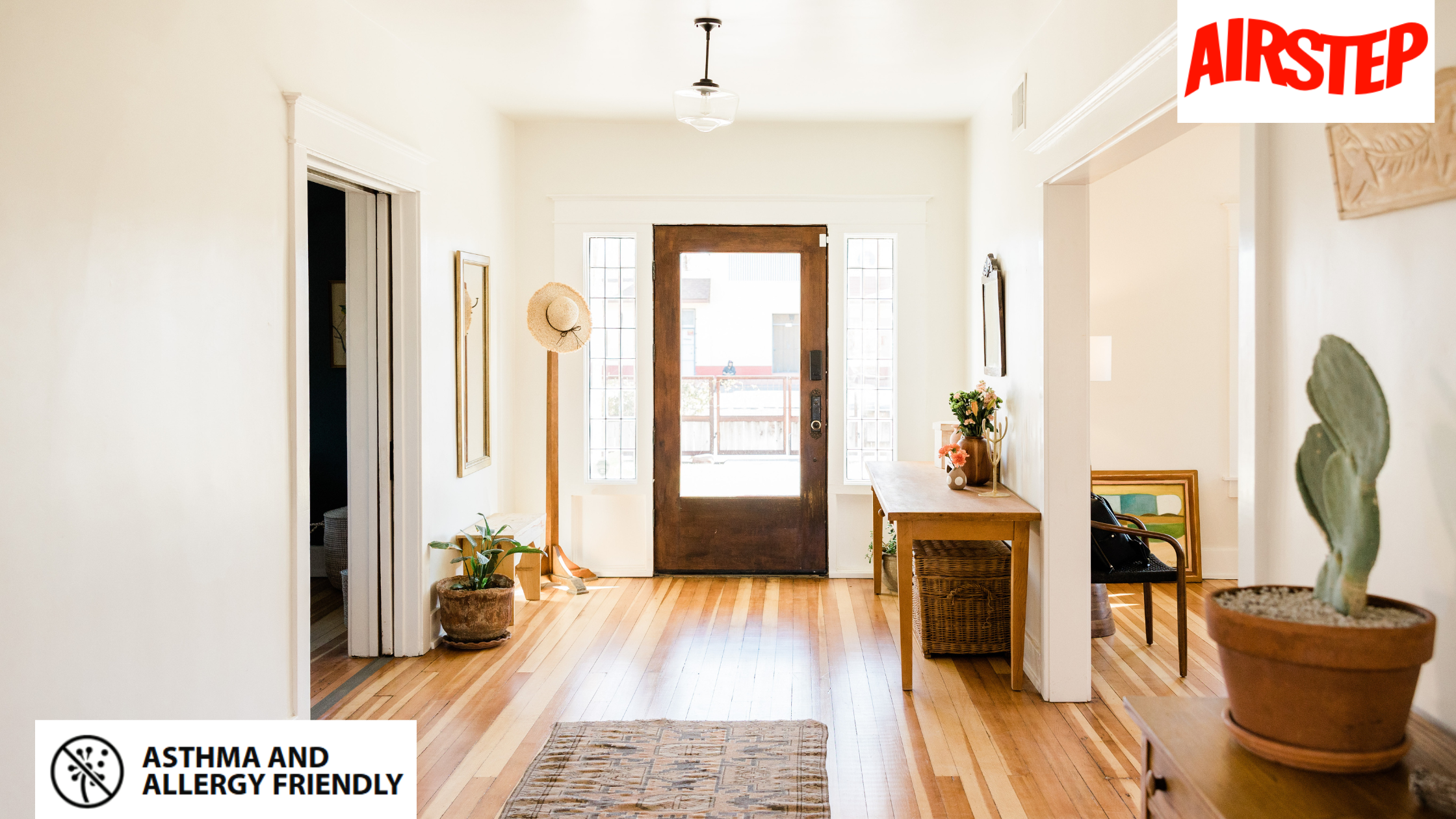
10 Jun The Role Of Flooring In Allergy Management – Tips For Managing Allergies In The Home

Allergies are a common ailment experienced by many Australians, but did you know that your flooring choices can have a significant impact on allergy management and how your body interacts with your interior environment? While selecting the right flooring won’t cure your allergies, it can make it a whole lot easier to manage them within your space. With this in mind, here are our top tips for managing allergies in the home with the help of your flooring.
Select Hypo-Allergenic Carpets
Carpets help a home feel warm and cosy, especially in the Winter months, but not all options are created equal. When selecting a carpet for your home it’s important to focus on hypo-allergic or allergy friendly options if you don’t want to be bothered by unnecessary allergens in your space. Natural fibres such as wool are a good choice on this front, but it is always a good idea to discuss your needs with your local Flooring Specialist in order to get personalised recommendations.
Choose Underlay With Anti-Microbial Benefits
In addition to choosing a carpet that is kinder to your allergies, you’ll also want to select an underlay that is asthma and allergy friendly and features anti-microbial benefits. This helps enhance your floor’s protection against allergens and helps you build a healthier home. High quality underlays can also provide a host of other benefits, so be sure to explore your options before committing.
And A Moisture Barrier If Spills Are Common
If spills or accidents are common in your home (think children and/or pets) it’s also worth selecting an underlay that offers an inbuilt moisture barrier. This helps prevent the growth of mould and mildew beneath your carpets while offering the added perk of reducing the chances of spills or accidents leaving stains.
Pet Defence is a great example of a foam underlay that offers both anti-microbial benefits and a breathable moisture barrier, while also being designed to be asthma and allergy friendly.
And Don’t Forget Healthy Underlay For Areas With Hard Flooring
It is important to remember that although hard flooring is generally kinder to allergies, it’s still only as helpful as the underlay laid beneath it. It is also important to consider the fact that the trade off of switching to hard flooring is that it offers less warmth and produces more noise pollution in the home.
For these reasons, we suggest selecting a hard flooring underlay that offers both an adequate moisture barrier and strong acoustic regulation properties. Area rugs can also assist in quieting spaces where hard flooring is installed.
Follow The Cleaning And Care Instructions
Finally, regardless of what flooring option you choose, it will come with specific instructions for cleaning, care and maintenance. It’s a good idea to review this document and follow it closely, as not only will it help keep your floors in top shape for as long as possible, but it will also reduce the chances of allergens building up or finding hiding spots in damaged floors.
If you require assistance in selecting the right allergy friendly flooring and underlay for your home, your local flooring specialist will be happy to help. For those designing spaces for others, please reach out to your Account Manager or our customer support team for further information or assistance.
